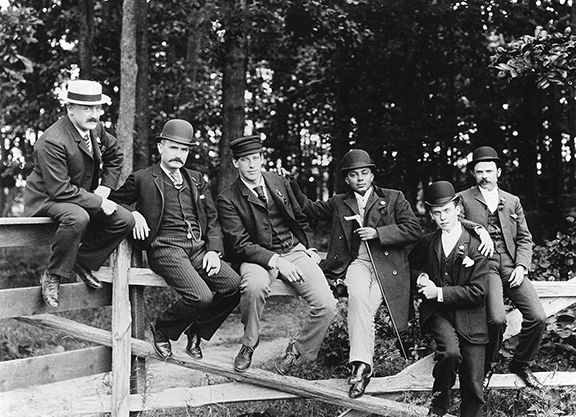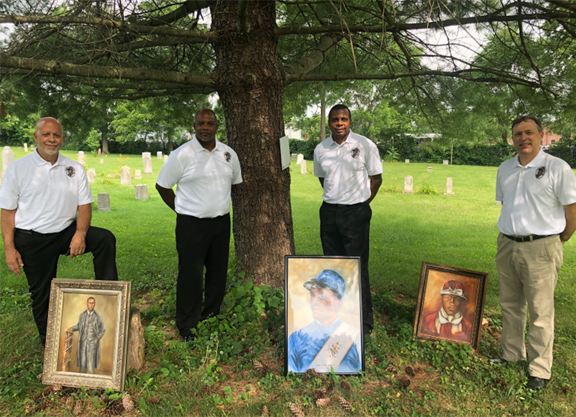The Kentucky-based non-profit organization PPAATH, an abbreviation for the Project To Preserve African American Turf History, has been chosen as consulting producers on a new film entitled 'Become The Wind'/The Isaac Murphy Story. The announcement was made by LeeAnne Matusek, president of B.L.T.N Productions, LLC, and her producing partner Max Adler, who is also an actor. "We are very excited to tell this sweeping tale of Isaac Murphy," said Matusek. "We know we are going to get it right with PPAATH on our team!" Isaac Murphy, an African American jockey...









